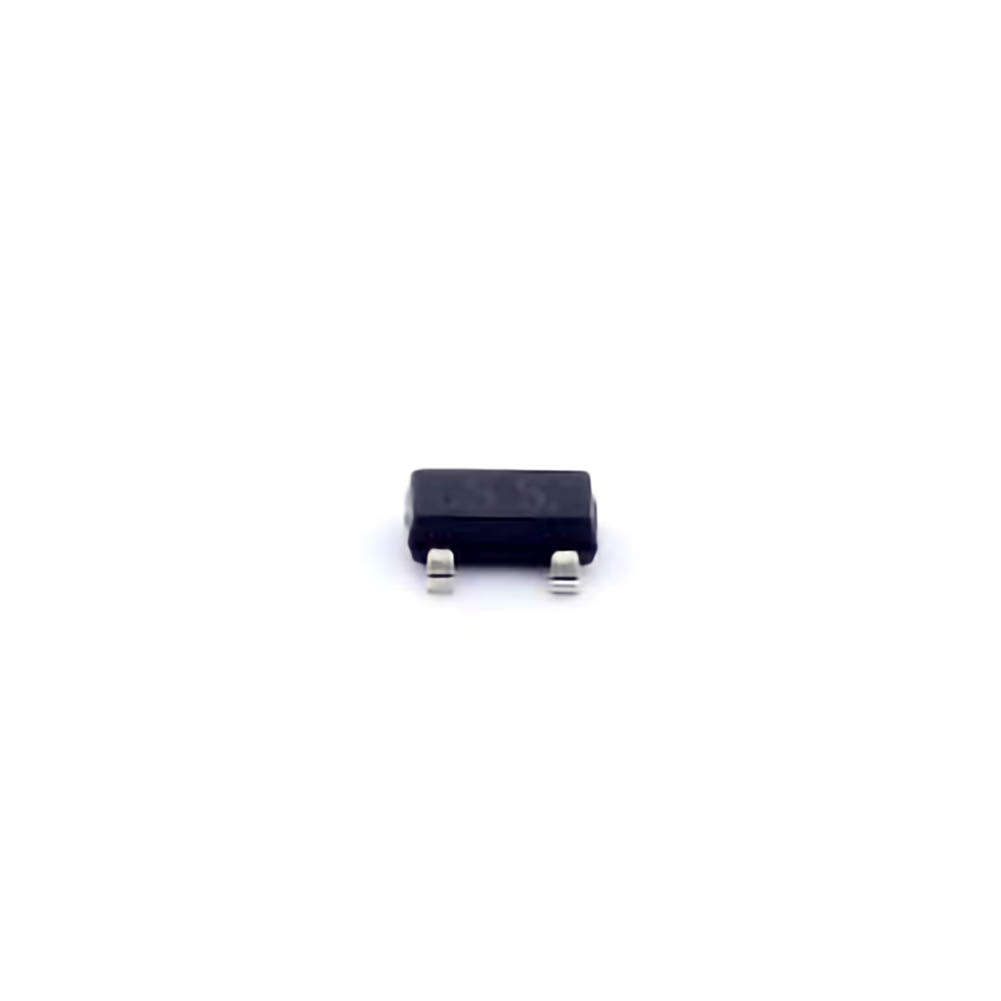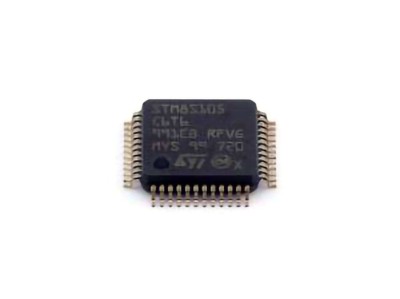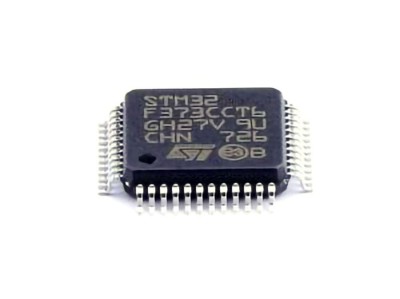
The BSS138 is a popular N-channel MOSFET widely used in low-voltage switching applications due to its low on- Resistance , fast switching capabilities, and compact size. This article explores the various applications of the BSS138, with an emphasis on its role in low-voltage switching circuits. Additionally, it evaluates the current capability of the BSS138, providing insights into its performance and limitations in real-world applications.
Introduction to the BSS138 and its Role in Low-Voltage Switching Circuits
In modern electronics, low-voltage switching circuits are integral to a vast array of devices, from consumer electronics to industrial systems. These circuits require efficient and reliable components capable of handling frequent switching operations without compromising performance. Among the most commonly used components for such applications are MOSFETs (Metal-Oxide-Semiconductor Field-Effect Transistors), which offer significant advantages over other types of switches, such as high-speed switching, low on-resistance, and the ability to handle both high currents and voltages.
The BSS138 is an N-channel MOSFET that has found widespread use in low-voltage switching circuits due to its compact size, excellent performance, and relatively low cost. Originally designed for general-purpose switching applications, the BSS138 has become a go-to choice for engineers working with low-voltage systems, particularly in microcontroller-based designs and battery- Power ed devices. In this article, we will explore the applications of the BSS138 and evaluate its current capabilities in various switching scenarios.
The BSS138 MOSFET: Key Features
The BSS138 is known for its impressive features, making it suitable for low-voltage applications. Some of the key characteristics of the BSS138 are:
Low Gate Threshold Voltage (V_GS(th)): This parameter determines the voltage required to turn on the MOSFET. The BSS138 has a gate threshold voltage typically between 1.3V and 3V, making it ideal for low-voltage circuits.
Low On-Resistance (RDS(on)): On-resistance is the resistance between the drain and source terminals when the MOSFET is turned on. The BSS138 exhibits a relatively low RDS(on), minimizing power losses during operation, which is critical in power-sensitive applications.
Fast Switching Speed: The BSS138 can switch rapidly, allowing for efficient operation in high-frequency circuits, such as those used in digital logic systems or PWM (Pulse Width Modulation) circuits.
Compact Package: The BSS138 is typically available in small SMD packages, making it easy to integrate into space-constrained designs, such as portable gadgets and IoT devices.
These features make the BSS138 an excellent choice for switching applications where low power consumption, high-speed operation, and small size are essential.
Applications of the BSS138
The versatility of the BSS138 allows it to be used in a wide variety of applications. Some of the most common include:
Power Switching in Battery-Powered Devices:
Many modern electronic devices, such as smartphones, wearables, and IoT devices, operate on battery power. Power efficiency is paramount in these devices to ensure long battery life. The BSS138 is often used in the power Management circuits of these devices to control the connection between the power source (battery) and the load. Thanks to its low on-resistance, it helps minimize power losses, ensuring that more energy is delivered to the device rather than being dissipated as heat.
Level Shifting and Signal Conversion:
In systems where different voltage levels need to be interface d, such as when connecting a 3.3V microcontroller to a 5V logic circuit, the BSS138 can be used in level-shifting circuits. Its ability to turn on and off at low voltages allows it to serve as an effective level shifter, ensuring that signals are safely and accurately transferred between circuits with different voltage requirements.
Reverse Current Protection:
In applications where reverse current could damage the system, the BSS138 can be used in reverse current protection circuits. For example, when connecting a battery to a charging circuit, the MOSFET can prevent the battery from discharging into the charger when the power source is not present.
PWM Control:
Pulse-width modulation (PWM) is commonly used in motor control, LED dimming, and other applications requiring precise control of power. The BSS138 is often used as a switch in PWM circuits due to its fast switching capabilities, enabling high-frequency modulation for precise control of power delivery.
Overcurrent Protection:
Overcurrent protection is another critical application where the BSS138 is commonly utilized. In circuits where excessive current flow needs to be detected and prevented, the BSS138 can act as a fast-switching element that disconnects the circuit when an overcurrent condition is detected, thus protecting the system from damage.
Current Capability and Performance Evaluation of the BSS138 in Low-Voltage Switching Circuits
While the BSS138 excels in many low-voltage applications, understanding its current capability and performance under various conditions is crucial for ensuring its reliability and efficiency in real-world scenarios. In this section, we will examine the current capabilities of the BSS138, its limitations, and how to maximize its performance in switching circuits.
Current Capability of the BSS138
The current capability of a MOSFET is primarily determined by its on-resistance (RDS(on)), the gate-source voltage (VGS), and the thermal dissipation characteristics of the device. The BSS138 has a maximum drain current (I_D) rating of approximately 200mA, depending on the ambient temperature and the specific package used. While this is sufficient for many low-voltage, low-current applications, it is essential to consider the following factors when evaluating its current handling performance:
On-Resistance and Power Dissipation:
One of the most critical factors affecting the current capability of the BSS138 is its on-resistance. As current flows through the MOSFET, the on-resistance results in voltage drop and power dissipation in the form of heat. For high-current applications, even small values of on-resistance can lead to significant power loss. The BSS138’s low on-resistance helps mitigate this issue, but for applications requiring higher current handling, a MOSFET with an even lower R_DS(on) might be required.
Thermal Considerations:
When the BSS138 is subjected to higher currents, Thermal Management becomes essential. The power dissipated by the MOSFET increases with the square of the current (P = I² * R_DS(on)). Therefore, for higher current applications, proper heat sinking or thermal management techniques (e.g., PCB design with adequate copper area for heat dissipation) must be employed to avoid thermal damage to the component.
Gate Drive Voltage (VGS):
The gate-source voltage (VGS) directly influences the MOSFET's ability to conduct current. The BSS138 is designed to operate effectively with a VGS of around 2.5V, but the MOSFET’s on-resistance decreases further with higher VGS, allowing for better current conduction. Therefore, to maximize the current handling capability of the BSS138, ensuring that the gate voltage is sufficiently high is crucial.
Switching Characteristics:
The BSS138 is capable of high-speed switching, making it suitable for applications that require rapid transitions between the on and off states. The ability to switch at high frequencies allows the BSS138 to handle a higher number of switching cycles without degradation. This characteristic is particularly beneficial in applications such as PWM control or fast signal processing.
Safe Operating Area (SOA):
The safe operating area defines the region of voltage and current where the MOSFET can operate without exceeding its thermal or electrical limits. For the BSS138, this area is relatively narrow when compared to high-power MOSFETs, meaning that it is most effective in circuits where currents do not exceed its maximum ratings.
Limitations and Considerations
While the BSS138 is an excellent choice for low-voltage switching, it is important to be aware of its limitations. Some key considerations when using the BSS138 include:
Limited Current Handling:
As previously mentioned, the BSS138 is rated for a maximum drain current of around 200mA. This may not be sufficient for higher-current applications such as power supplies or large motor drives, where a more robust MOSFET with higher current ratings is required.
Thermal Management:
With increased current flow, the BSS138’s thermal dissipation becomes a critical factor. Adequate thermal management must be employed, especially in circuits that operate continuously or at high frequencies.
Conclusion
The BSS138 is a versatile and efficient N-channel MOSFET that plays a crucial role in low-voltage switching circuits. Its low on-resistance, compact size, and fast switching capabilities make it ideal for applications in battery-powered devices, signal level shifting, reverse current protection, and more. However, its current handling capabilities are limited to approximately 200mA, and engineers must carefully manage thermal dissipation and ensure the gate drive voltage is appropriately chosen to optimize performance. Understanding the BSS138’s capabilities and limitations is key to making the most of this component in low-voltage circuit designs.
If you are looking for more information on commonly used Electronic Components Models or about Electronic Components Product Catalog datasheets, compile all purchasing and CAD information into one place.


